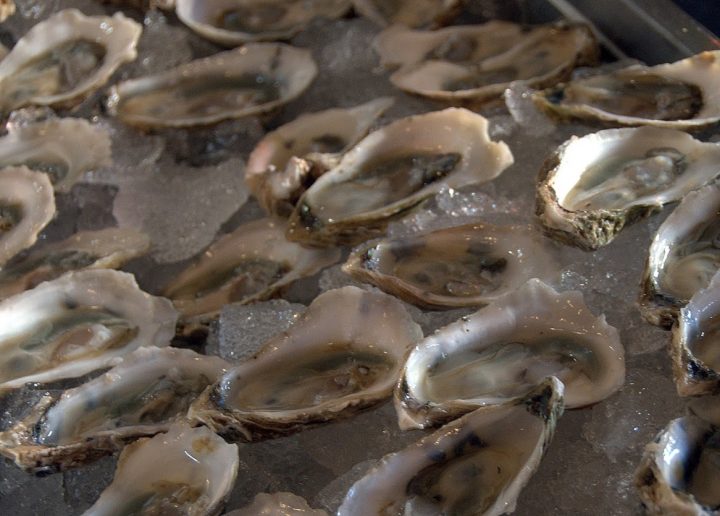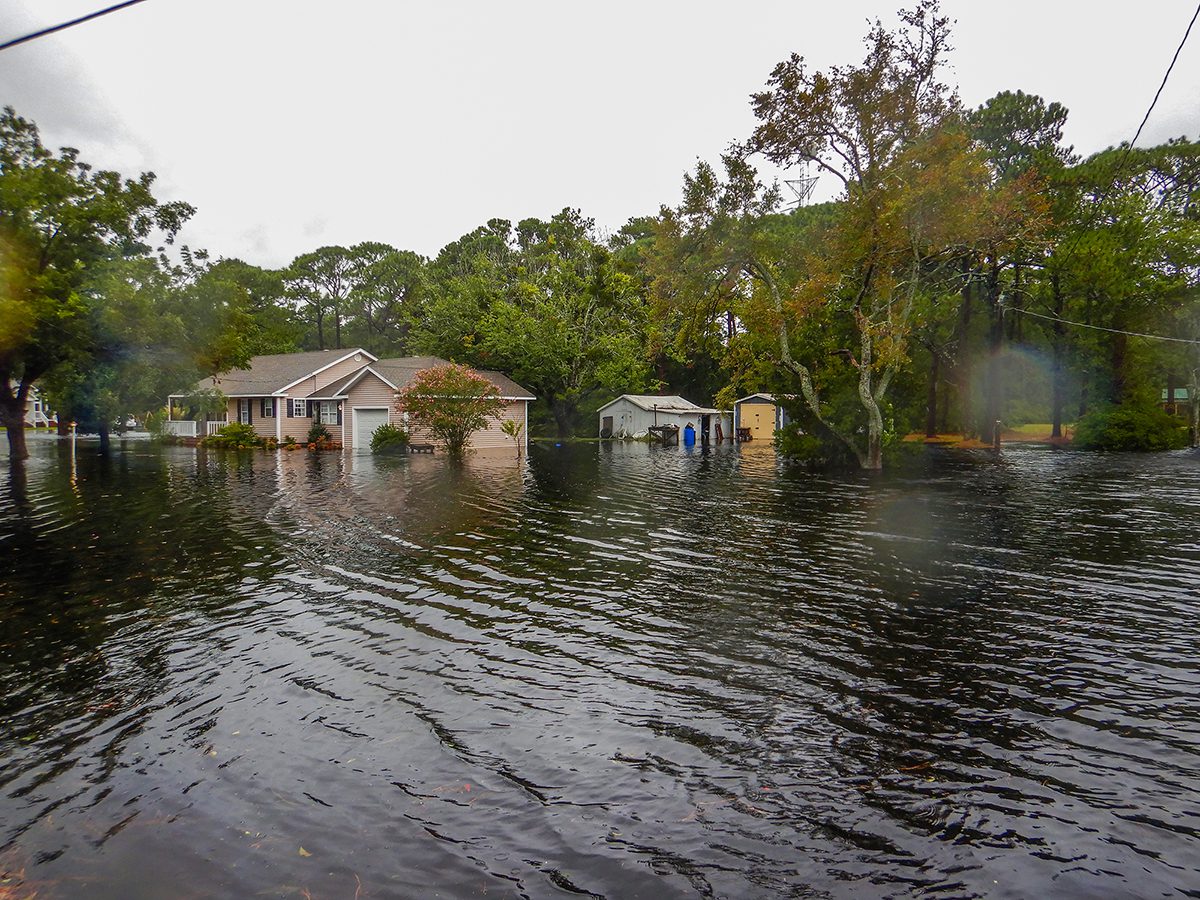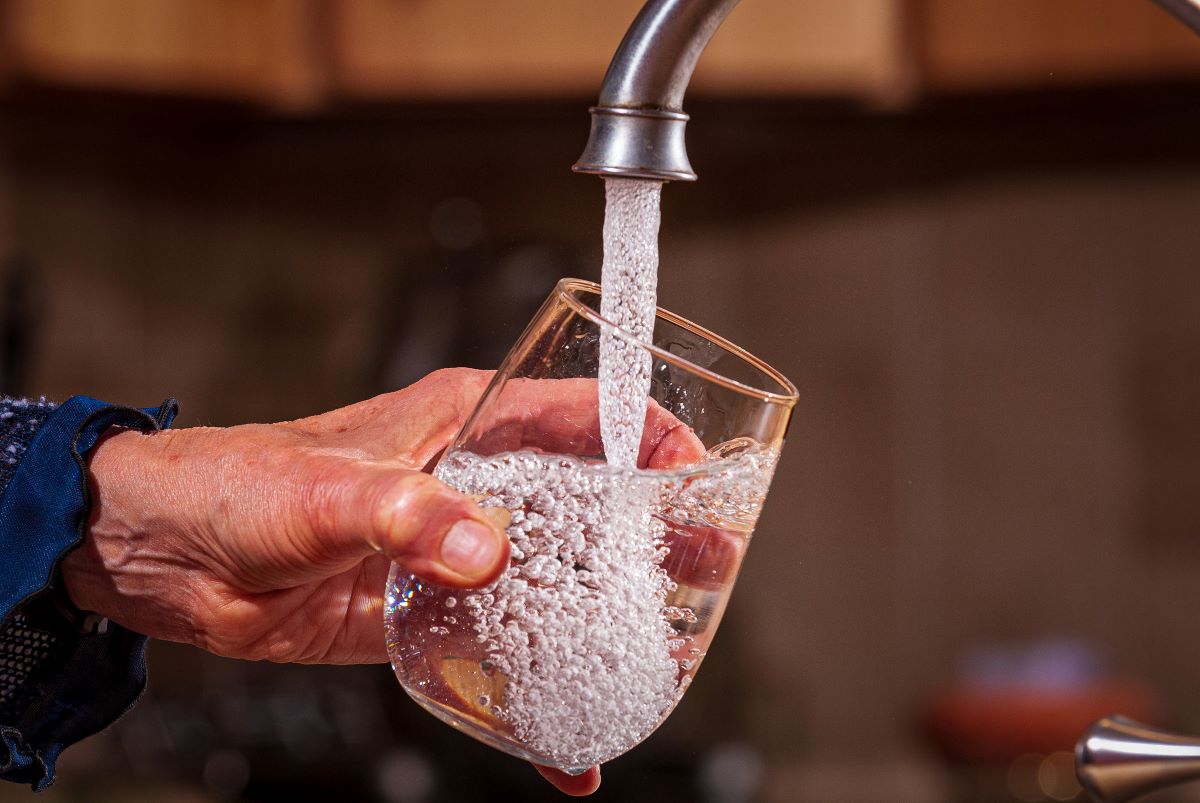Even under the current shutdown of the economy, North Carolina consumers still can find fresh or fresh-frozen fish in supermarkets. That belies the enormous financial hit facing the commercial and recreational fishing industries in a state that counts fishing as one of its most valuable resources.
“We do have retail markets all across the state that are open and selling,” said Glenn Skinner, executive director of the North Carolina Fisheries Association.
Sponsor Spotlight
But only 20% of domestic seafood is sold through retail outlets, he said. The remaining 80% is sold through restaurants.
Most restaurant service, except for delivery and pickup orders, has been closed in North Carolina — as well as most other states — since last month to prevent spread of COVID-19.
“All our fishermen need now are markets.”
Glenn Skinner, Director, North Carolina Fisheries Association
That leaves fishers struggling to find markets for fresh fish they’ve caught, Skinner told Coastal Review Online Tuesday. Depending on the dealer or the location, freezers are at or close to capacity.
“Some are selling local, some are not,” he said. “All our fishermen need now are markets.”
Sponsor Spotlight
Skinner said that there have been discussions about working with the state to find a way to get the current inventory of fish to people, ideally at a reasonable cost. In the process, it would not only free up freezer space, it would provide some income and delay, or prevent, the need to file for unemployment compensation.
“That way, instead of giving us free money,” Skinner said, “they would have a product they could utilize.”
Storage freezers can each hold tens of thousands of pounds of fish, he added, and frozen fish maintains its quality for “quite a while.” And with flounder, crab and shrimp seasons approaching, it would be helpful to have freezers available for fresh product to be kept until restaurants reopen.
Meanwhile, Skinner is keeping a close eye on any government help to keep the fishing industry afloat during the crisis. For the first time, unemployment insurance is being offered for self-employed or independent workers, which describes nearly every person who fishes for a living.
“We’re still relatively not far into this,” he said. “It’s still evolving and it’s getting worse by the day.”
According to a report released in February by the fisheries division of the National Oceanic and Atmospheric Administration, or NOAA Fisheries, in 2018 U.S. fishermen landed 9.4 billion pounds of fish valued at $5.6 billion. Shrimp and crab, two of North Carolina’s largest fisheries, were also among the most valuable fish nationwide.
Blue crabs start shedding their shells in mid-April or so, and depending on temperatures, will continue until early June. Crabbers spend many intensive hours keeping a close eye on their shedding operations to get the timing of the peeler harvest just right.
“Those guys have got a lot invested in their tanks and everything,” Skinner said.
Fresh soft-shell crabs, or peelers, are a favorite spring seafood specialty on the Outer Banks, and other coastal North Carolina communities, but now with such limited distribution to restaurants, nearly all of the harvest will be frozen.
Murray Bridges, the 87-year-old owner of Endurance Seafood on Colington Island, the largest and oldest shedding operation in the county, said that everyone is getting ready to start as usual.
As a veteran of a multitude of challenges over the decades as a crabber, Bridges didn’t seem too worried. Nearly 75% of the peelers are typically cleaned and frozen, he said, and much are freighted out of the county.
Part of the value of the crabs is influenced by how much inventory is left over from the year before, he said. But this year’s wild card will also be how many might try to “take advantage of something like this” to shortchange the crabber or undercut the market.
“It’s not really about getting rid of the crabs,” Bridges said about the impact on the market. “The only thing is price-wise.”
The burgeoning oyster-growing industry in North Carolina, however, is confronting a dire potential loss of revenue and investment, said Chris Matteo, president of the North Carolina Shellfish Growers Association.
Before the shutdown, he said, the 75 or so oyster growers in the state, not including those with bottom leases, were “set to do $6 to $7 million for 2020.”
The growers cultivate oysters on the half-shell, which have become popular offerings in the trendy local food market and food tourism.
But shuttering of the nation’s restaurants has had a devastating impact on the industry.
“Thousands of shellfish farm, processing, transportation and distribution workers have been let go or put on standby,” said representatives from the East Coast and the Pacific Coast shellfish growers associations in a recent letter to Congress seeking assistance. “Most are small companies without the wherewithal to continue to pay wages and benefits. Many are holding off on ordering and planting seed for future years crops due to the uncertain future and the need to reserve cash.”
Most of the oyster farmers in North Carolina plant multiple crops a year at different locations, so there’s a “rolling” harvest, Matteo said. In general, more oysters on the half-shell are available in early September, when ideal water temperatures catch up with the sales, but they’re also available during other months.
Oysters are still available. Buyers are not.
“Everyone has confirmed that their sales have gone down to zero,” Matteo said.
But the health emergency from the virus pandemic presents a “double whammy” to the oyster industry, he said. Oysters on the half-shell that are sold to restaurants are almost always eaten raw. But raw seafood — especially shellfish — can be unsafe to eat for people with compromised immune systems.
“Growers are panicking because they know this might be a drawn-out thing.”
Chris Matteo, President, North Carolina Shellfish Growers Association
So even in the unlikely event that restaurants can reopen soon, raw shellfish would probably be considered risky, at least for a while. The market for oysters used in backyard roasts is smaller and not as lucrative.
“Growers are panicking because they know this might be a drawn-out thing,” Matteo said.
Like many other businesses, for oyster growers this crisis is layered on top of losses and damages from recent storms. As it is, much of the tourism-based economy in the state is already on edge and in dread of another storm.
“That would be the nail in everybody’s coffin,” he said. “We’re all very vulnerable right now.”
The timing in spring is also terrible for the charter fishing boat operators, said Steve Coulter, who owns the 58-foot Sea Creature that runs out of Hatteras.
This is the time of year to shell out big bucks for boat repairs and maintenance, he said. But charter vessel owners also pay their annual insurance bills this month and make bait orders for the year.
With Dare County closed to all but residents and certain essential businesses and personnel, Coulter said that he has already had some charter boat groups cancel trips. He’s also gotten a lot of calls from others trying to figure out if they should cancel.
A full-day charter trip costs $1,850, typically divided among a group of about six, Coulter said. About 50 charter boats, including his business, operate full time out of Hatteras, he said, and about 30 more offer half-day trips.
People are not being stopped from fishing, as long as it was fewer than 10 people in a boat, but they can’t get to the Outer Banks to fish. Even if they could, virtually nothing is open for business. And with so many people suddenly out of work, recreational charter fishing trips may no longer be considered affordable.
“So, we’re taking it two-fold,” Coulter said. “We’re taking it from the economy and the fact that they can’t get here.”
Coulter said that so far, he has lost about 30% of his annual income. And it’s hard to predict when customers may start booking trips again.
“That depends on what the economy does when they open up,” he said. “We’re tied to the hip with the tourist industry.”








